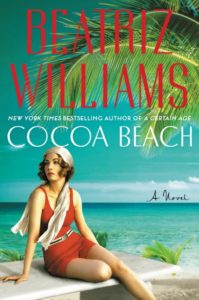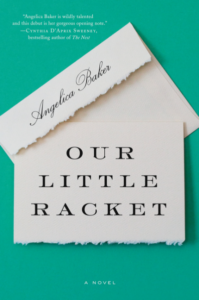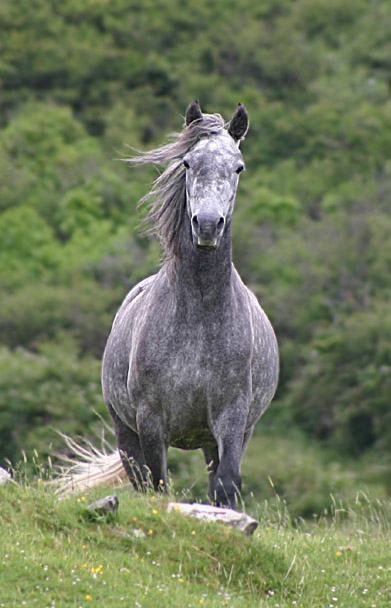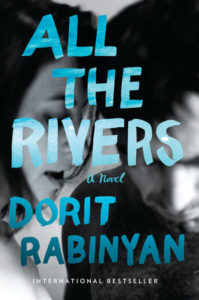 Roaring passions, Roaring times (Cocoa Beach, Florida June/July 1922 and 1924 epilogue; WWI France 1917-1918): “Cocoa, Florida. It sounds so lovely, doesn’t it? Just saying the name gives you a marvelous, exotic charge, however great your troubles.” So says our lovely, marvelous, troubled protagonist – Virginia Fortescue Fitzwilliam, married two years, estranged three from Simon, her British Army surgeon husband – of the exotic, perilous, booming, rum-running southern Florida locale in Beatriz Williams’ twists-and-turns newest historical novel, Cocoa Beach.
Roaring passions, Roaring times (Cocoa Beach, Florida June/July 1922 and 1924 epilogue; WWI France 1917-1918): “Cocoa, Florida. It sounds so lovely, doesn’t it? Just saying the name gives you a marvelous, exotic charge, however great your troubles.” So says our lovely, marvelous, troubled protagonist – Virginia Fortescue Fitzwilliam, married two years, estranged three from Simon, her British Army surgeon husband – of the exotic, perilous, booming, rum-running southern Florida locale in Beatriz Williams’ twists-and-turns newest historical novel, Cocoa Beach.
Keep your wits about you for more than romance is at stake, and things are not what they seem to be. Even innocent, white-gloved Virginia admits she’s “an old hand at disguising.” She’s not the only one. All the characters are unreliable. Whom to trust? Believe? That’s the crux of Virginia’s problem. The reader’s lure.
Stay especially on your toes for you don’t just read a Beatriz Williams novel, you gulp it in. You inhale her distinctly delicious prose the way single-parent Virginia, with a “hole in the center of my soul,” breathes in “great lungfuls of Evelyn,” her almost three-year old daughter. Similar to how I consumed four of her earlier novels: The Hundred Summers and her Schuyler sisterly trio, The Secret Life of Violent Grant, Along the Infinite Sea, Tiny Little Thing. The danger in reading quickly is you too could become an unreliable narrator, which is why I didn’t blog about any.
This time around I vowed to read in my note-taking, blogger’s mode. Slows you down but you catch things you might otherwise gloss over because really good historical fiction doesn’t whack you over the head; it blends details cunningly, leaving you wanting more. Do a little googling and you find yourself fascinated by how clever the plot and prose integrate two historical time periods. (The prolific author attests to this challenge on her blog.)
Who knew of southern Florida’s notorious bootlegging history? Bootlegging, I discovered, differs from rum-running; the former over land, the latter over the sea. Makes remote, mangrove-sheltered Cocoa Beach a smart setting for capturing the Wild West of the Prohibition era. Heard of Carl Fisher, Father of Miami Beach? He transformed a barrier island into a major resort destination? Heady tidbits that factor in the story.
Another interesting fictional ingredient is the critical role the automobile played in Florida’s real estate fever in the early twenties, which also made possible heroic, life-saving during WWI. The first vehicle comes to life with an intrepid Virginia at twenty steering Hunka Tin – the Model-T ambulance she drove for the American Red Cross cramped beside alluring, golden-gray haired, thirty-five-year old Simon. Or, in the author’s words: “I met my husband in the least romantic setting possible: a casualty clearing station in northern France in the middle of February.”
The second car is a jazzy “sky blue Twin-Six Packard Roaster,” featured in the Cocoa tale. Repainted, it might resemble this 1916 model:

Packard Twin Six Model 1-35 1916
By Buch-t [CC BY-SA 3.0 de], via Wikimedia Commons
The Cocoa Beach chapters begin when Virginia is twenty-five and has already lost a lot: her mother at eight; younger sister, Sophie, whom she adores, to serve her country; and Simon, whom she’s left after just two years of marriage from 1917 to 1919.
The Epilogue is a letter dated 1919, one of many Simon wrote Virginia desperate to win her back, defending himself against a “despicable crime.” What that is and whether he’s been falsely or justly accused the reader must figure out. Understandably, Virginia’s perceptions and temperament have been colored by the betrayal of the two most important men in her life. Naturally, we’re sympathetic to her plight, whereas the others we vacillate about, almost to the end.
Dating Simon’s introductory letter tips us off that the last time Virginia saw him was three years ago, in June 1922 when Virginia arrives in Cocoa Beach, opening with:
“Someone has cleared the ruins away, but you can still see a house burned to the ground here, not long ago. The earth is black and charred, and the air smells faintly of soot.”
Not long ago means only four months ago. Virginia has come to this “ruined house on the sea” to see for herself what happened on this gorgeous spot and what’s happening at 1,400 acres of the Maitland citrus plantation, a Phantom shipping company (love that name!) and the Phantom Hotel, all she’s inherited having been informed Simon perished in that blaze. That fetching roadster was his too.
Yet all through the novel Virginia feels “the cool suggestion of Simon’s presence.” Might Simon still be alive? An unrecognizable body was dragged from that inferno; all that was recognizable was his ring.
“Everything you seek is here” is another reoccurring suggestion. Not true at all. Hints are dropped along the way, but they deceive us. A game is afoot and we’re game as the prose pulls us in, pulling no punches, infused with an evocative sense of time and place and, notably, smells. Air steeped in the citrusy scents of orange blossoms; a shipper’s “dockside perfume, hemp and tar and salt and warm wood” mixed with something else “sweet and spicy” (ah, those phantom ships!); putrid odors on the battlefields; “grease and wet stone and melancholy” at the chateau Virginia was initially posted at in war-torn France; the “sleepy scent of my husband’s skin”; and poetically, the “smell of hope.”
Virginia hopes “maybe the new architecture of this house represented a change in Simon himself.” Contrary to the Captain who was sick of death and his “ancient family seat” in Cornwall, near where the couple wed. Virginia never got to meet Simon’s parents, though she briefly encountered his sister, Clara. Yes, sisters matter in this series too – this being the third installment in the author’s Prohibition series. Somehow I missed The Wicked City and A Certain Age. Note, Cocoa Beach can stand alone.
When Virginia arrives in Cocoa Beach, to her surprise she’s greeted by Simon’s strapping brother, Samuel. Same hazel eyes as Simon but from there the two couldn’t be more dissimilar. She describes him as a “straightforward man,” implying Simon is not, but, as we’ve established, none of the players are whom they seem to be. Clara, another big surprise, is also there, effusive in sisterly love and adoration for her niece. She has Simon’s sway, convincing Virginia to partake in some of the fun and sun she’s been deprived of. Clara symbolizes this energetic, decadent age “electric with life” – like the novel where everything pulses. Even the peaceful Maitland orchards and gardens, fifty miles from Cocoa, which Simon writes so passionately of, managed devotedly by Portia Bertram, present quite dramatically.
Simon’s letters are also over-the-top. Does he really love Virginia as intensely as he purports? Believe she’s the “kind of woman worth waiting for. Dying for. Living for”? He claims everything he’s done in Cocoa was for her.
Circling us right back to the novel’s biggest mystery: Did Simon die for Virginia in that deadly fire cited on page 4? Look forward to another 370 teeming pages to find that out, and more. Until then, Beatriz Williams keeps us guessing.
Lorraine








